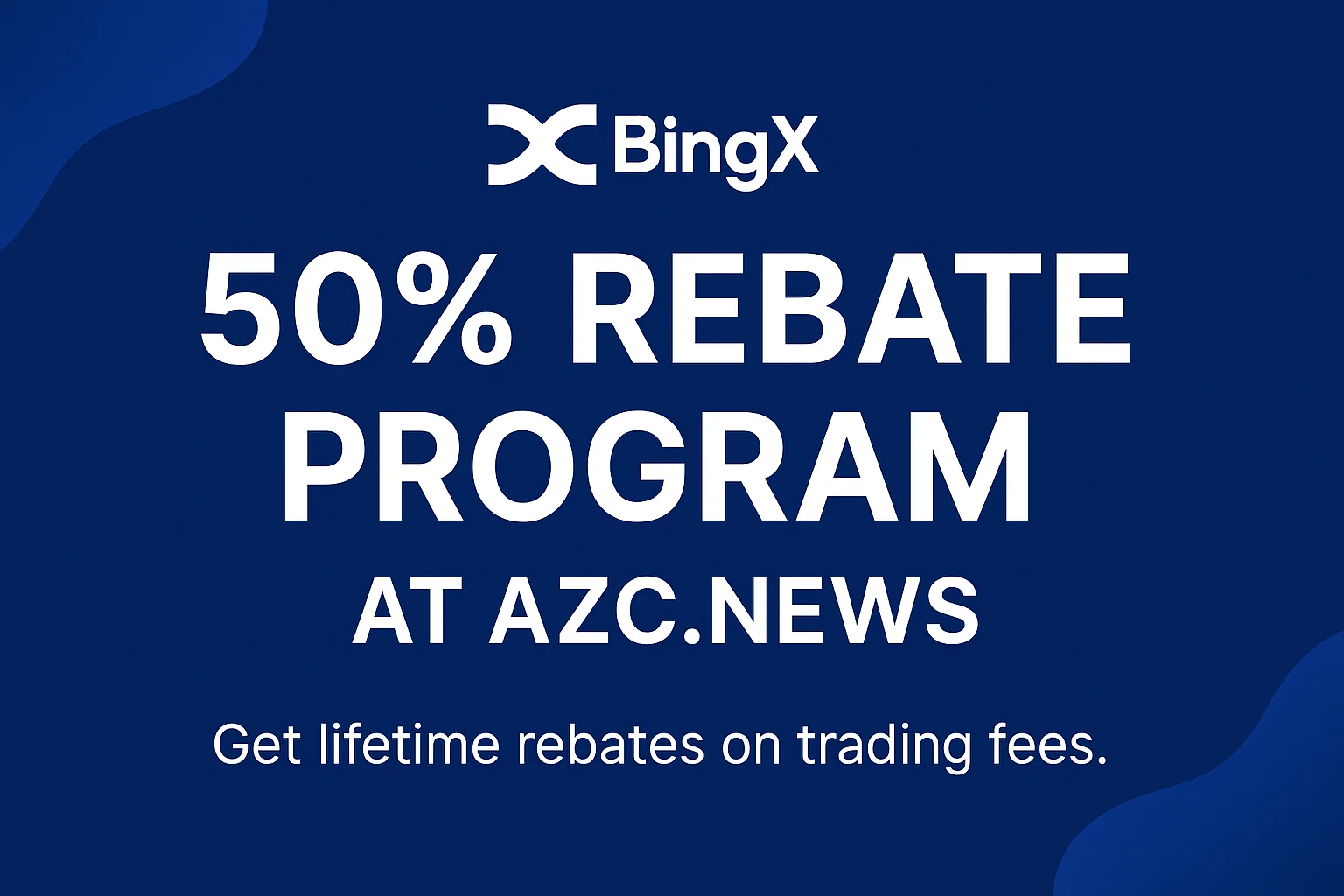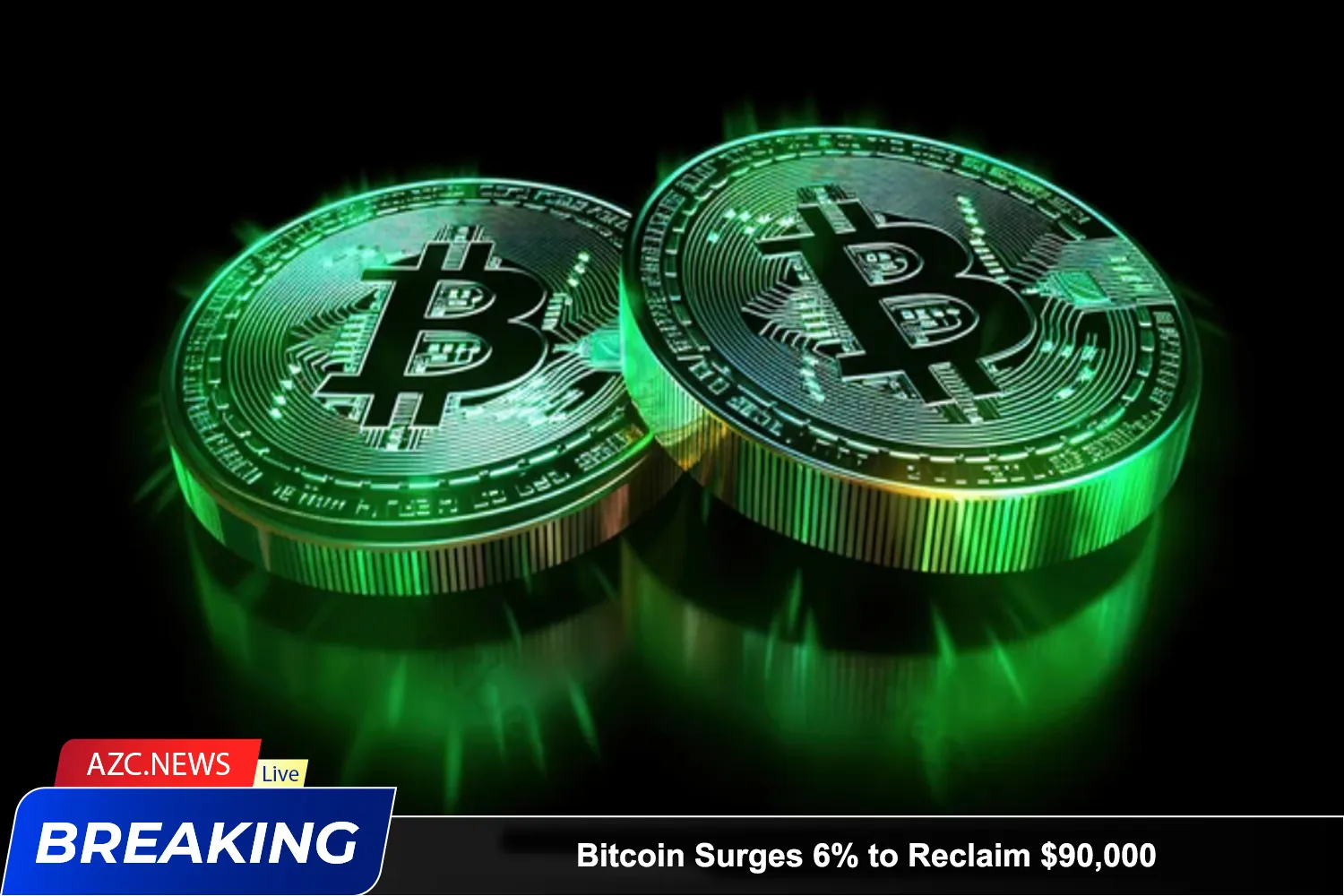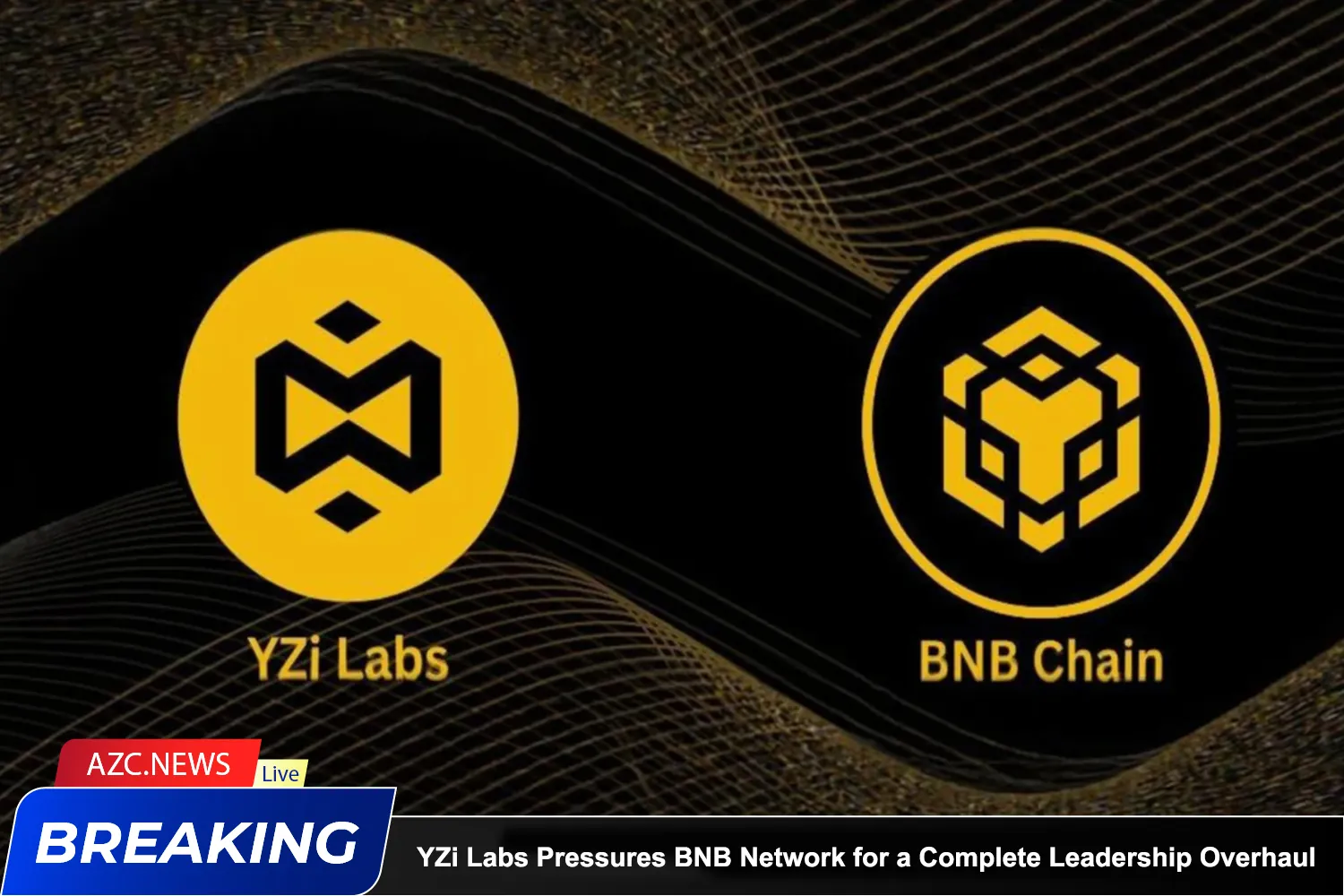Impressive Sharpe Ratio – Bitcoin Trails Only Gold
According to the Industry Rollup report, Bitcoin’s Sharpe ratio currently stands at 1.72—a very high level that reflects outstanding returns when adjusted for risk. In the investment world, this is a key metric for gauging real performance. Notably, in 2025, Bitcoin ranks just behind gold in terms of risk-adjusted attractiveness—clear evidence that BTC is increasingly becoming a “mainstream” asset within institutional portfolios.
Over the past two quarters, Bitcoin has evolved from merely being “digital gold” to proving itself as an effective macro hedge amidst geopolitical turbulence and the global trend of de-dollarization. At the same time, BTC has maintained its appeal as a growth asset, even during high-risk market phases.
Currently, over 86% of Bitcoin’s supply is in profit, and net profit charts continue to reflect a sustained accumulation trend since November 2024—indicating that the market is still in accumulation mode rather than distribution.

Spot ETF Inflows and Institutional Demand Are Driving the New Bull Wave
According to Fidelity Digital Assets, Bitcoin is entering the next “acceleration” phase of its bull cycle, a period that historically comes with significant volatility and strong returns.
A particularly telling signal is the 90-day Cumulative Volume Delta (CVD)—a metric that measures the net difference between buy and sell volume—which flipped positive on May 7. This marks the first time since March 2024 that spot buyers have regained control, highlighting a clear shift toward dominant buy-side pressure.
The primary driver behind this trend is inflows into spot Bitcoin ETFs, with more than $4.5 billion pouring in just during April. This is not short-term speculative money—it represents a structural shift in demand from large-scale, long-term institutional investors.
With a high Sharpe ratio, consistent institutional inflows, and limited supply due to long-term holders locking up BTC, Bitcoin is well-positioned to capitalize on current market conditions. If this trend holds, a breakout past the $110,000 mark in May is well within reach.






